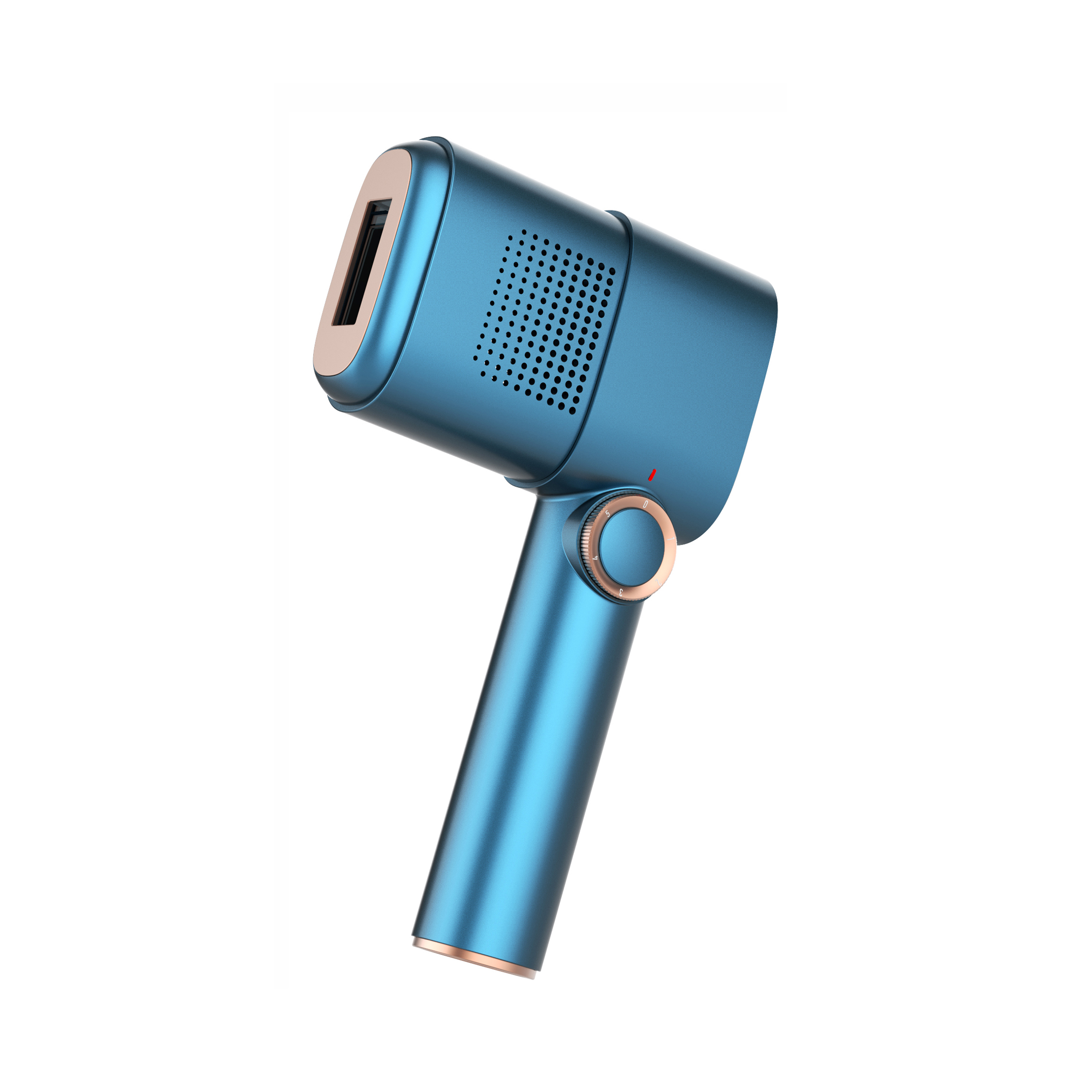Colloidal gold is known for its high kinetic stability, and under normal conditions, it exhibits very slow self-aggregation. This means that if the stability of the colloidal system remains intact, the particles can remain dispersed for several years without clumping. The primary factors influencing this stability include electrolyte concentration, sol concentration, temperature, and the presence of non-electrolytes.
To maintain stability, a small amount of electrolyte is typically required as a stabilizer. However, excessive electrolyte levels can disrupt the colloidal balance. Similarly, high concentrations of hydrophilic non-electrolytes may remove the water layer surrounding the particles, leading to aggregation. On the other hand, small amounts of high molecular weight substances, such as proteins, glucose, or PEG 20000, can enhance the stability of the colloid by preventing particle collisions.
When proteins are adsorbed onto colloidal gold, the stability of the solution becomes dependent on the pH of the environment. This change is influenced by the isoelectric point of the adsorbed protein. For example, ConA or peroxidase tends to remain stable at low pH but becomes unstable as the pH increases. It regains stability near or slightly above its isoelectric point. To ensure long-term storage, colloidal gold solutions labeled with biomolecules often use 0.2–0.5 mg/ml PEG 20000 as a stabilizer. These solutions can be stored for several months at 4–10°C, but freezing should be avoided, as it may cause partial aggregation, which can be resolved by centrifugation.
Preparing high-quality colloidal gold requires careful attention to several key steps. First, all glassware must be thoroughly cleaned, ideally using siliconized or pre-stabilized containers. They should be rinsed with double-distilled water to avoid contamination. Poor cleaning can lead to unstable gold particles and inconsistent sizes. Second, reagents and water must be of the highest purity. All chemicals should be prepared using deionized or distilled water, and filtered through a 0.45 μm membrane to remove impurities. Chloroauric acid, a common precursor, is highly hygroscopic and corrosive, so metal tools should be avoided during handling. A 1% aqueous solution of chloroauric acid can remain stable for several months when stored at 4°C.
The pH of the colloidal gold solution should not be measured using a standard pH electrode, as gold particles tend to adhere to the electrode surface, potentially altering the measurement. Instead, a buffer system with sufficient capacity should be used, such as citrate phosphate (pH 3–5.8), Tris-HCl (pH 5.8–8.3), or sodium borate (pH 8.5–10.3). However, care must be taken to avoid over-concentration of the buffer, as this could induce unwanted aggregation.
The optimal pH for colloidal gold is usually around neutral (pH 7.2). High-quality chloroauric acid with minimal impurities is essential, and importing from reliable sources is recommended. When preparing the solution, it's best to dissolve the entire package at once due to its hygroscopic nature.
Colloidal gold has a wide range of applications, particularly in immunology. In electron microscopy, it serves as an excellent marker, allowing for multi-color labeling using different particle sizes. Particles between 3–15 nm are commonly used for detecting single antigens, while larger particles (up to 15 nm) are effective for identifying infected cells. Colloidal gold is used in various techniques, including pre- and post-embedding staining, immunonegative staining, and in situ hybridization.
At the light microscope level, colloidal gold can replace traditional fluorescent or enzyme-based markers. It is widely used for detecting cell surface and intracellular antigens in monolayer cultures and tissue sections. Its advantages include reduced background interference and ease of use.
In flow cytometry, colloidal gold offers an alternative to fluorescent labels, enabling simultaneous detection of multiple markers by altering light scattering properties. Agglutination tests also benefit from colloidal gold, where specific antigen-antibody interactions cause visible color changes, making it useful for qualitative or quantitative analysis.
Immunoblotting techniques have also adopted colloidal gold for detecting proteins. After transferring the protein to a membrane, gold-labeled antibodies can be used to visualize the target, with silver enhancement further increasing sensitivity. This method is simple, fast, and suitable for clinical diagnostics.
At the naked eye level, colloidal gold provides a cost-effective and user-friendly alternative to traditional immunoassays. It requires only small sample volumes, eliminates the need for expensive equipment, and avoids harmful substances like radioactive materials. Results can be stored for long periods and analyzed quickly, making it ideal for field applications.
Overall, colloidal gold technology is versatile, sensitive, and widely applicable across research and diagnostic fields. Its simplicity, stability, and compatibility with various detection methods make it a powerful tool in modern immunology.

Ipl Hair Removal,Hair Removal Portable,Portable Handheld Epilator,Intense Pulsed Light Hair Removal
Shenzhen Shengkang Electronic Technology Co.,Ltd , https://www.shk-beauty.com